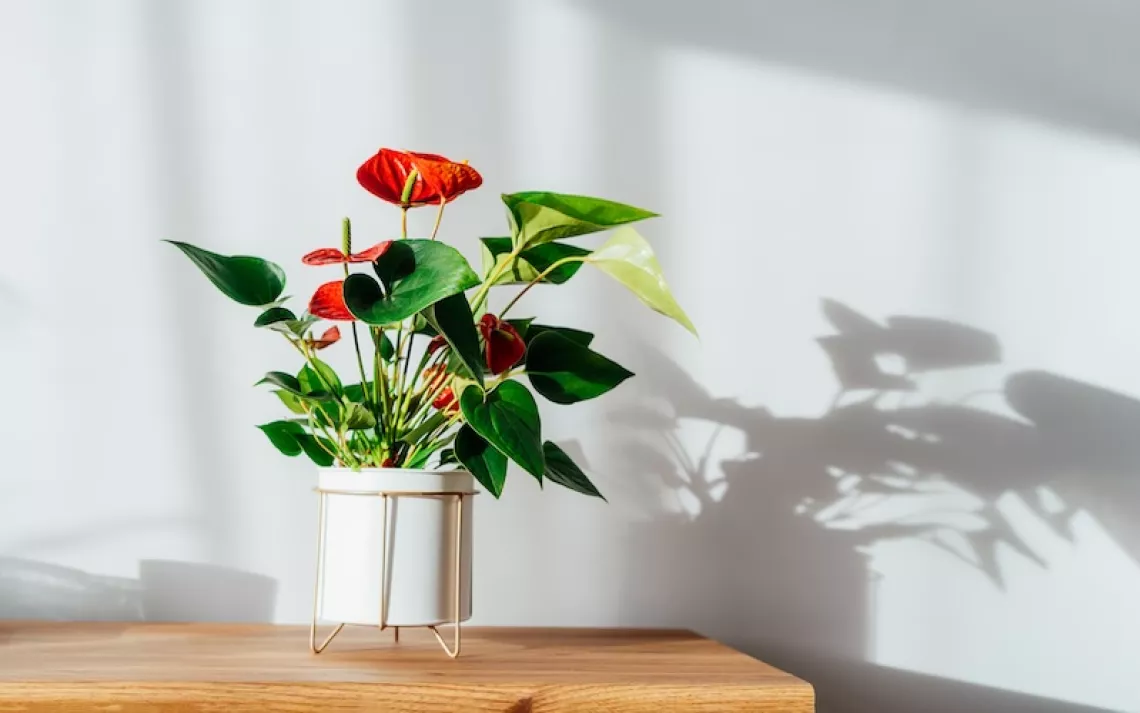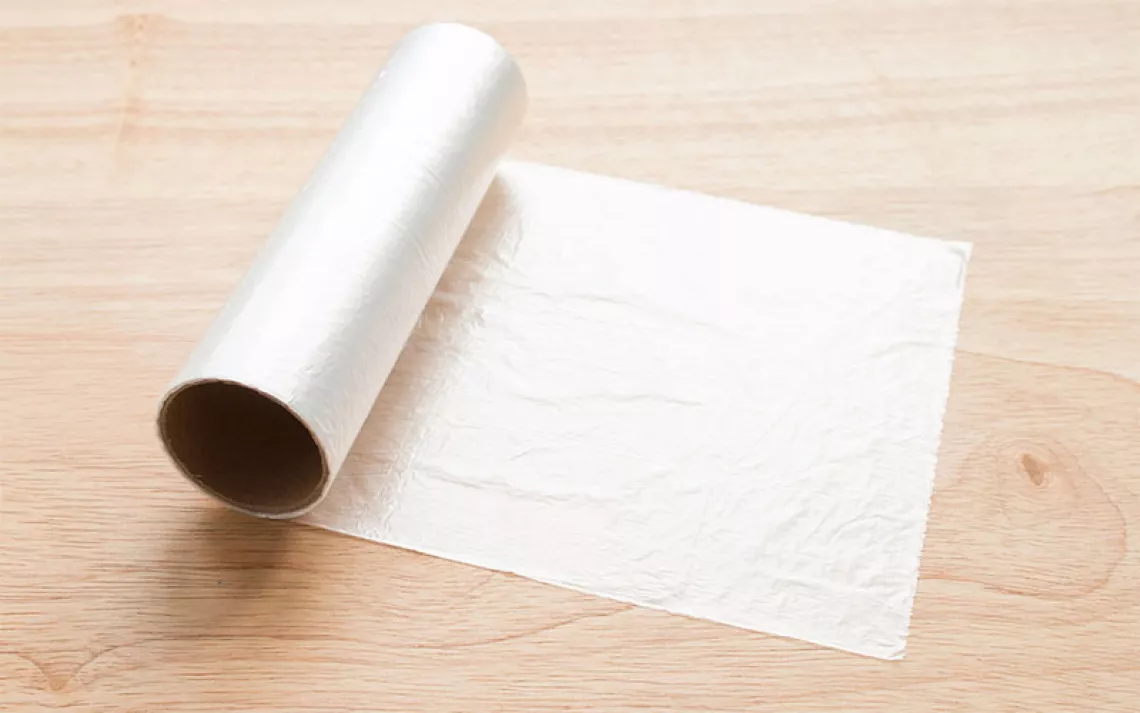What Are the Best Air Purifiers?
There are a lot of brands out there. Here's how to pick the best one.

Illustration by Loris Lora
Hey Ms. Green,
These new intense fire seasons have me looking for a solid air purifier. But do they really work? How well do they filter out particulates? What is the most eco-friendly brand that will also give me peace of mind to take a clean breath?
—Kai in Ukiah, California
Even if you don’t live near a wildfire area, you can still be affected by the fires. Air pollutants from wildfires in Canada and the southeastern United States can reach as far as New York City. Wildfire smoke includes gases and particulate matter, including those smaller than 2.5 microns, which can harm your lungs and immune system. And the smoke can easily get inside leaky buildings.
An air purifier with a HEPA filter can help reduce indoor pollution from wildfire smoke, but avoid those that produce ozone, which is a main component of smog and can cause asthma, coughing, chest pain, and shortness of breath.
The Association for Home Appliance Manufacturers certifies products for clean air delivery rates (CADR). Check to see if a purifier has Energy Star certification, which will save you hundreds of dollars over its life span. The California Air Resources Board can tell you whether a product emits no or low levels of ozone. The Blue Pure 211+ meets all the criteria above and has a high rating for filtering out dust and pollen. The company makes purifiers for rooms as large as 540 square feet as well as for smaller spaces.
Most local recycling programs won’t take air filters, but you can recycle them through Terracycle’s Zero Waste Box program.
 The Magazine of The Sierra Club
The Magazine of The Sierra Club



